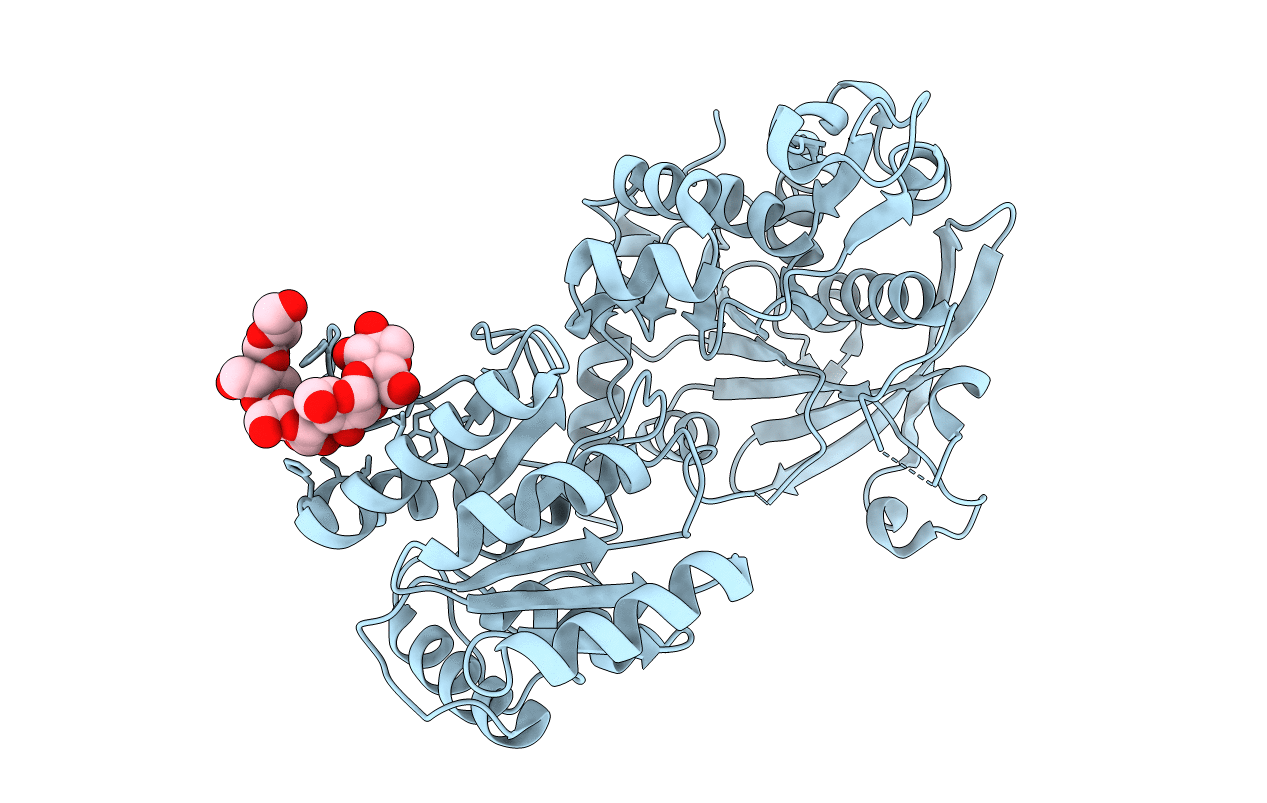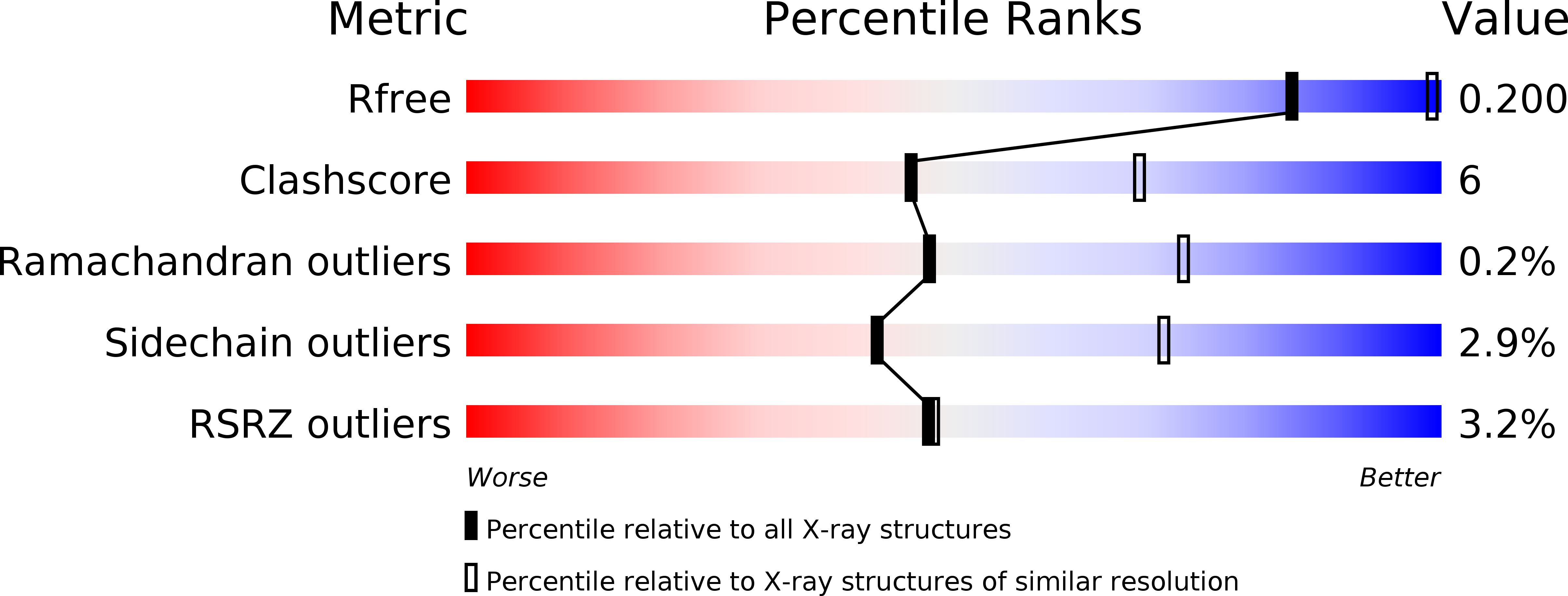
Deposition Date
2012-10-17
Release Date
2013-06-05
Last Version Date
2024-11-20
Entry Detail
PDB ID:
4HLN
Keywords:
Title:
Structure of barley starch synthase I in complex with maltooligosaccharide
Biological Source:
Source Organism:
Hordeum vulgare (Taxon ID: 4513)
Host Organism:
Method Details:
Experimental Method:
Resolution:
2.70 Å
R-Value Free:
0.19
R-Value Work:
0.17
R-Value Observed:
0.17
Space Group:
P 31 2 1


